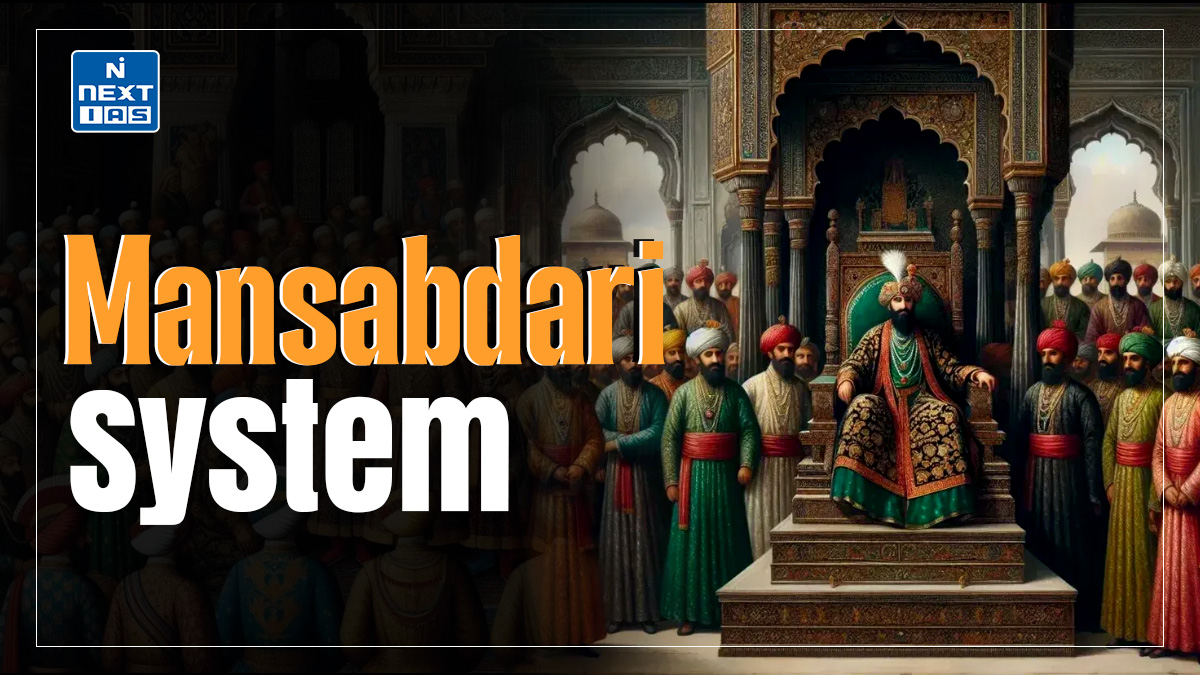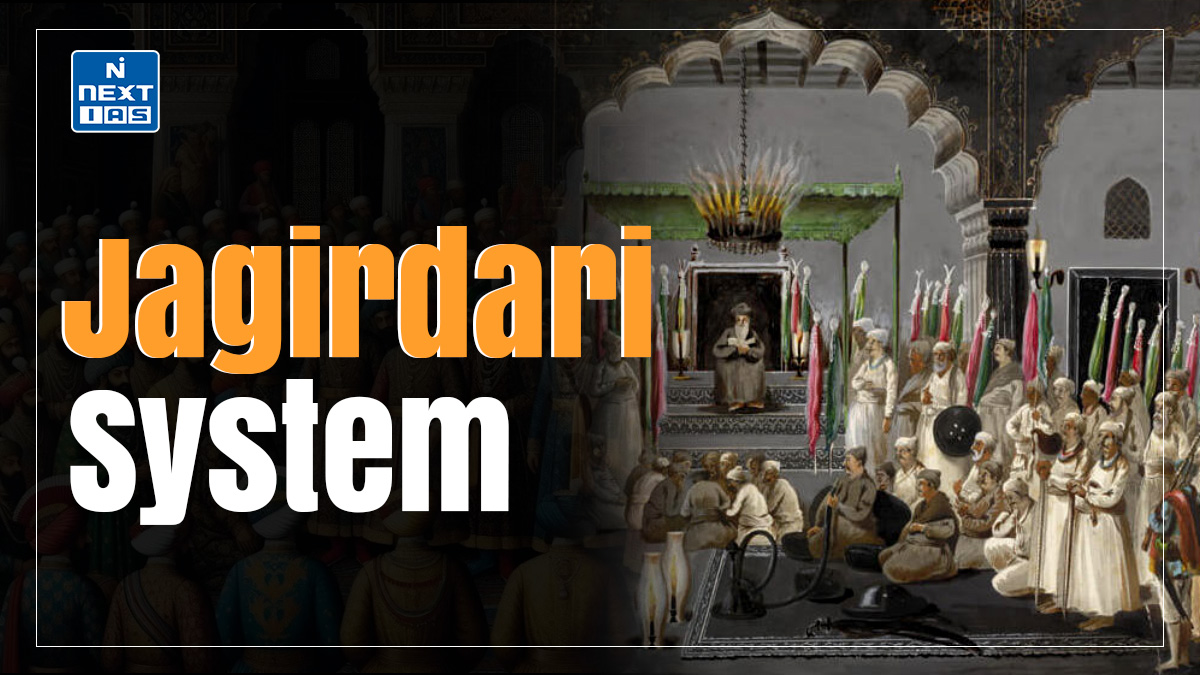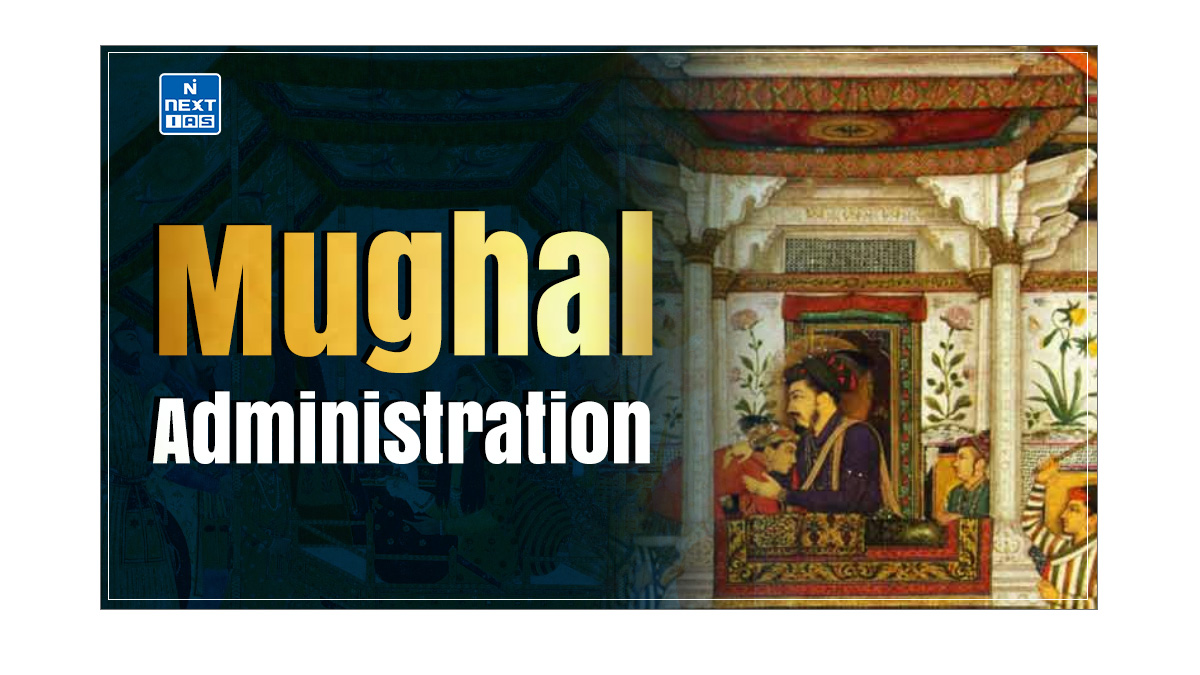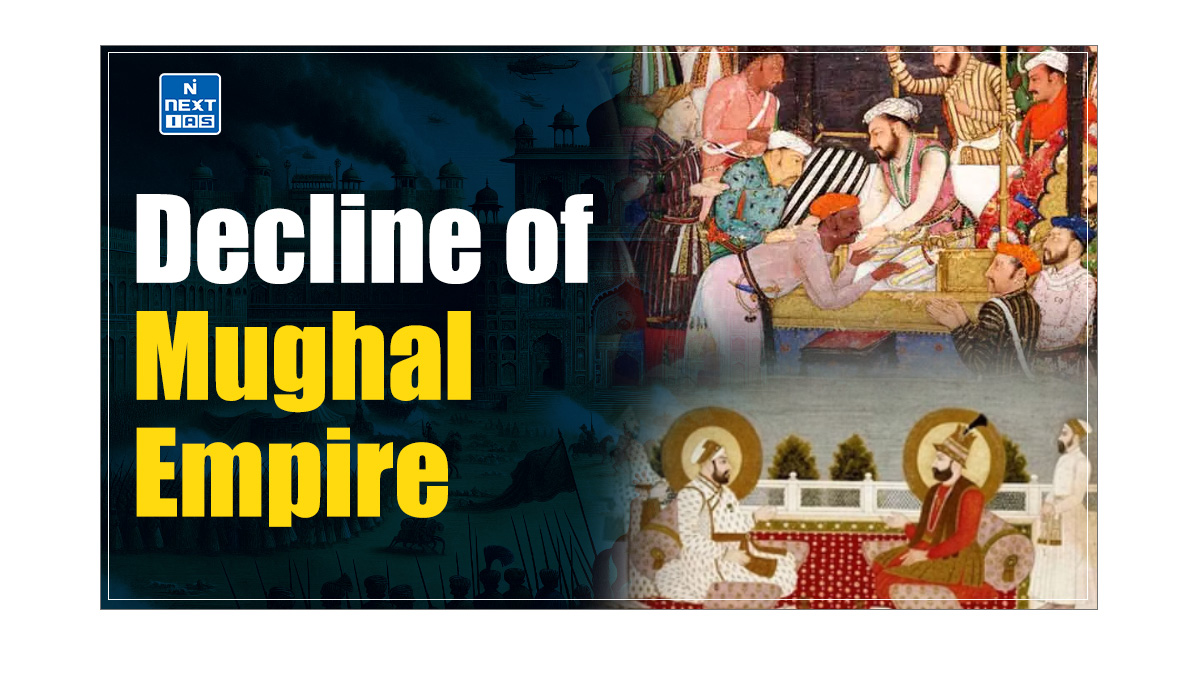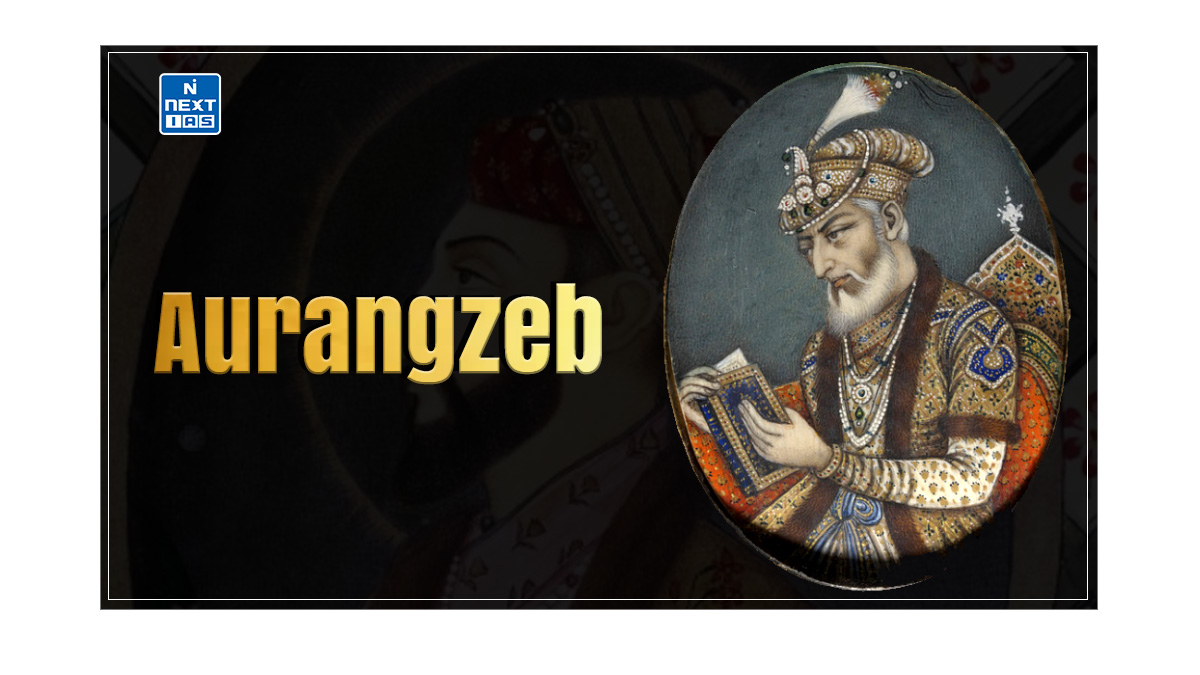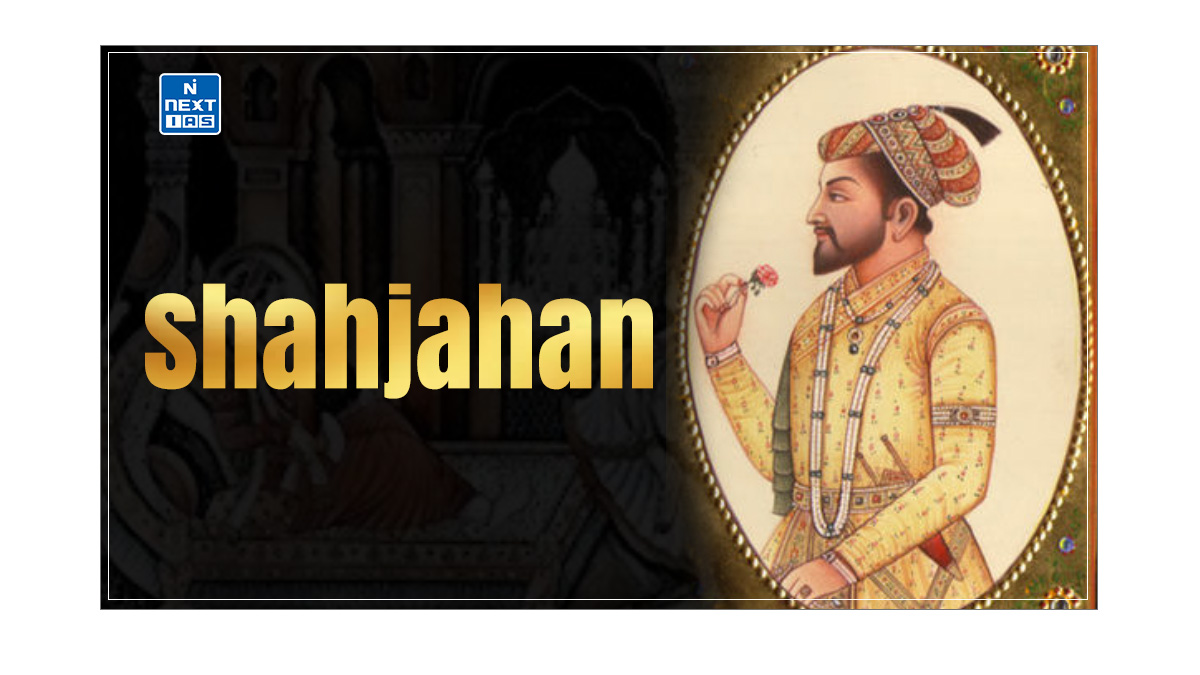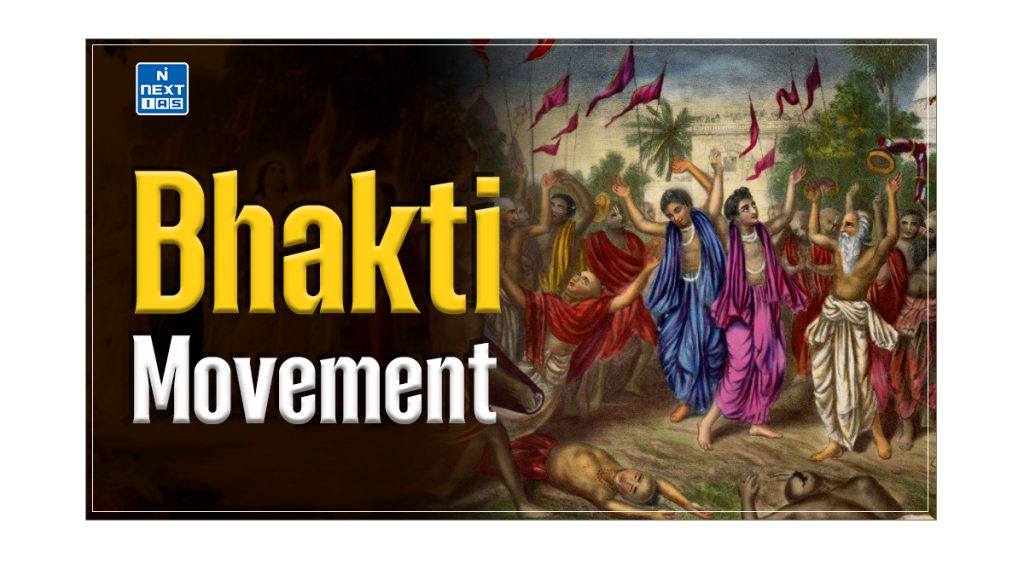
The Bhakti Movement was a spiritual and social reform movement in medieval India, emphasising personal devotion to God over ritualistic practices. Its significance lies in breaking caste barriers, promoting equality, and reshaping religious traditions by making spirituality accessible to all. This article aims to study in detail the origins, philosophy, and impact of the Bhakti Movement on Indian society and religion.
About Bhakti Movement
- The Bhakti movement formed the basis of the revival and expansion of Hinduism from the 8th to the 12th century AD.
- During this era, Shiva and Vishnu became the primary gods, with a large number of tribal gods and goddesses subordinate to them.
- The Bhakti movement was started in South India and popularised by many saints, such as Sankaracharya, Ramanuja, and Madhvacharya.
- These saints denounced Brahmanical orthodoxy and rituals and professed a connection between God and man.
- The Bhakti movement included the lower castes that were left aloof by Brahmanical society. Many of the saints of the Bhakti movement were from the lower castes and broke the Vedic monopoly of the Brahmans.
- The Bhakti movement led to the expansion of Hinduism in the tribal areas and helped curb the popularity of Buddhism and Jainism in India.
Origin of Bhakti Movement
- The Bhakti Movement, which began in South India during the early medieval period, represents a significant cultural and religious shift.
- It emphasised personal devotion to God over ritualistic practices, leading to profound spiritual and social changes in Indian society.
- This movement gradually spread across India, reshaping the religious landscape and laying the groundwork for future reform movements.
Features of Bhakti Movement
The features of the Bhakti Movement can be seen as follows:
- Worship of Shiva and Vishnu: The Bhakti saints prominently worshipped deities such as Shiva and Vishnu, considering them personal gods.
- This focus on specific deities allowed devotees to develop a deeper emotional connection, expressing their love and devotion through various forms of art and poetry.
- Use of Local Languages: Bhakti poets and saints wrote and communicated in local languages like Telugu, Tamil, and Hindi, making their teachings accessible to the common people.
- This use of vernacular languages helped democratise spirituality, allowing a wider audience to engage with their messages of devotion and love.
- Nomadic Nature: Many Bhakti saints were nomadic, travelling from village to village to spread their messages of love, devotion, and equality.
- Their itinerant lifestyle enabled them to connect with diverse communities, share their insights, and inspire followers across different regions.
- Diverse Social Backgrounds: The Bhakti Movement included individuals from varied social backgrounds, including lower classes, Brahmins, and women.
- This inclusivity broke traditional barriers, emphasizing that anyone could attain spiritual fulfilment, regardless of caste, gender, or social status.
- Disregard for Inequality: Bhakti saints actively challenged societal inequalities and norms. They preached messages of equality and unity, inviting people from all walks of life to participate in spiritual practices.
- This open attitude fostered a sense of community and collective devotion, transcending the rigid caste system prevalent at the time.
Founder of Bhakti Movement
- The Bhakti Movement does not have a singular founder; instead, it evolved through the contributions of various influential saints and poets across India.
- Notable figures include Ramanuja, who emphasised devotion to Vishnu and the importance of grace, and Kabir, whose verses blended Hindu and Islamic thoughts, advocating for a personal connection with the divine.
- Mira Bai, a passionate devotee of Krishna, is celebrated for her expressive devotional poetry, while Namdev from Maharashtra shared the message of devotion through his hymns.
- Together, these pioneers helped shape a rich tapestry of spiritual expression that transcended traditional boundaries and caste distinctions.
Influences Leading to the Emergence of the Bhakti Movement
Several factors influenced the Bhakti Movement:
- Decline of Buddhism and Jainism: As Buddhism and Jainism waned, there was a need for spiritual renewal within Hinduism. The rise of Bhakti offered a more personal and accessible path to salvation, focused on devotion rather than rigid monastic practices.
- South Indian Alvar and Nayanar Traditions: The devotional hymns of the Alvars (devotees of Vishnu) and Nayanars (devotees of Shiva) in Tamil Nadu laid the foundation for the movement. Their emphasis on emotional devotion to a personal deity spread across India.
- Islamic Influence: The arrival of Islam in India brought ideas of equality and direct devotion to God, influencing Hindu reformers to challenge rigid rituals and caste-based hierarchies.
- Political Fragmentation: The absence of strong centralized rule in large parts of India created conditions for the movement to spread, as spiritual leaders attracted followers from different regions.
Philosophical Aspects of Bhakti Movement
The Bhakti Movement’s philosophy revolved around devotion (bhakti) to a personal god and the rejection of ritualistic practices and caste-based discrimination. The movement was characterized by intense emotional and spiritual attachment to the divine and the belief that love and devotion are the primary means of attaining salvation.
Core Beliefs and Teachings of Bhakti Saints
- Personal God and Devotion: Bhakti saints preached that God is a personal being who can be directly worshipped with love and devotion.
- Saints like Kabir, Tulsidas, and Mirabai emphasized an intimate relationship with the divine, be it through worship of Vishnu, Shiva, or a formless God.
- This devotion could transcend caste, gender, or social standing.
- Equality of All: Bhakti saints opposed the caste system and social hierarchies, asserting that all are equal in God’s eyes.
- They believed that salvation is available to everyone, irrespective of caste, gender, or birth.
- Salvation through Devotion, Not Rituals: Bhakti philosophy rejected the complex rituals and priestly mediation of traditional Hindu practices.
- Saints emphasized the importance of inner devotion, love, and faith over external rituals or sacrifices. Salvation, or moksha, was attainable through a direct, personal connection with God.
- Simple, Pure Life: Leading a life of simplicity, humility, and surrender to God was considered essential. Bhakti saints advocated for a path of love and service rather than intellectual knowledge or asceticism.
Concepts of God, Devotion, and Salvation
- God: The Bhakti tradition offered both Nirguna (formless) and Saguna (with form) concepts of God. Saints like Kabir and Guru Nanak emphasized the worship of a formless God, while others like Tulsidas and Mirabai focused on a deity with form, such as Krishna or Rama.
- Devotion (Bhakti): Bhakti is the central theme of the movement, meaning pure, selfless love for God. It was seen as the most direct path to connect with the divine, overriding the need for intellectual study or rituals. This devotion was often expressed through songs, poems, and prayers, known as bhajans or kirtans.
- Salvation (Moksha): Bhakti philosophy posits that anyone can attain salvation through unwavering devotion to God. The ultimate goal is union with God, breaking free from the cycle of birth and death (samsara).
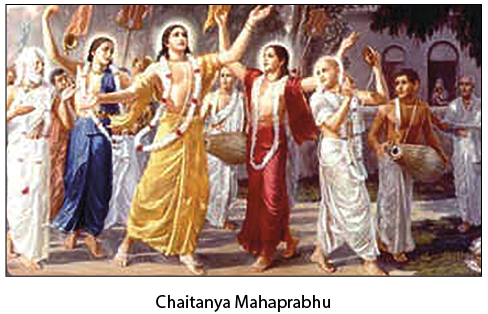
Bhakti Movement in Maharashtra
- The liberal religion preached by the saint poets of Maharashtra is popularly known as Maharashtra Dharma, a stream of the medieval Bhakti movement. Still, socially, it was more profound, unitary, and liberal in the field of social reforms.
- The bhakti movement in Maharashtra drew its inspiration from the Bhagavatapurana and the Siva Nathpanthis.
- Jnaneswar was a pioneer bhakti saint of Maharashtra. His commentary on the Bhagavad Gita, called Jnaneswari, laid the bhakti ideology in Maharashtra.
- He argued against caste distinctions and believed that the only way to attain God was through Bhakti.
- Vithoba was the God of this sect, and its followers performed a pilgrimage to the temple twice a year. The Vithoba of Pandarpur became the mainstay of the movement in Maharashtra.
- Namdev (1270-1350) was another important bhakti saint from Maharashtra. While he is remembered in the north Indian monotheistic tradition as a nirguna saint, in Maharashtra, he is considered part of the varakari tradition (the Vaishnava devotional tradition).
- Some of Maharashtra’s other important bhakti saints were Choka, Sonara, Tukaram and Eknath. Tukaram’s teachings are in the form of the Avangas (dohas), which constitute the Gatha.
- In contrast, Eknath’s teachings in Marathi attempted to shift the emphasis of Marathi literature from spiritual to narrative compositions.

Bhakti Movement in South India
- In South India, the Bhakti movement was led by saints called Nayanars and Alvars.
- These saints looked at religion as a love between the god and the worshipper and rejected austerities.
Popular Bhakti Saints in India
| Ramanuja (1017-1137) | The Vaishnava saint from South India. The early exponent of the Bhakti movement and Vishishtadvaita philosophy. |
| Ramananda (1400-1470) | The first great Bhakti saint of North India opened the doors of Bhakti without any distinction of birth, caste, creed or sex. |
| Kabir (1440-1518) | The most radical disciple of Ramananda, who was opposed to caste, creed, image worship, and unnecessary rituals and sought to remove the distinction between Hindus and Muslims and believed in social unity. |
| Guru Nanak (1469-1539) | A Nirguna Bhakti saint and social reformer. The first Sikh Guru and founder of Sikhism. |
| Chaitanya (1486-1534) | One of the great saints of Krishna Bhakti cult and founder of Gaudiya or Bengal Vaishnavism. |
| Vidyapati (14-15th Century) | Maithili saint-poet who wrote thousands of love ballads on Radha-Krishna (‘Padavali’). |
| Purandar Das (1480-1564) | He was the foremost and most prolific Vaishnav saint-composer in Karnataka. He is believed to have laid the foundations of the modern phase of Karnataka music. |
| Mirabai (1498-1546) | The Rathore princess of Merata and daughter-in-law of Rana Sanga of Mewar, she is the most well-known woman Bhakti saint of the Krishna cult of Vaishnavism. |
| Vallabhacharya (1479-1531) | A great saint of the Krishna Bhakti cult of Vaishnavism, who propounded the philosophy of Pushti Marg. |
| Surdas (1483-1563) | A blind poet of Agra. He sang the glory of Krishna in his ‘Sursagar’. |
| Tulsidas (1532-1623) | The greatest saint-poet of the Ram Bhakti cult of Vaishnavism. The celebrated author of ‘Ramcharitamanas’, ‘Kavitawali’ and ‘Gitawali’. |
| Shankar Deva (1449-1568) | The founder of the Vaishnava devotional movement in Assam. |
| Dadu Dayal (1544-1603) | A Nirguna Bhakti saint from the tanner caste was born in Gujarat but spent his whole life in Rajasthan—founder of the Dadu Panth. |
| Thyagaraja (1767-1847) | A Telugu who spent his life in Tamil Nadu, he is the greatest saint composer of Karnataka music. He adorned God in the form of Rama, the incarnation of Vishnu and the Hero of Valmiki’s Ramayana. |
| Bhakti saints of Maharashtra Dharma | |
| Jnaneswara/Jnanadeva (1271-96) | The fountain-head of the Bhakti movement in Maharashtra, the founder of the Marathi language and literature, wrote an extended commentary on the Bhagavad Gita, called the ‘Bhavarthadipika’, more commonly known as ‘Jnaneshvah’. |
| Namadeva (1270-1350) | A contemporary of Jnanesvara. He was a tailor by caste and was opposed to all caste distinctions. The object of his devotion was Vithoba or Vithal (identified with Vishnu) of Paridharpur. The cult of Vithoba, or Vithal, known as the Varkari sect, was founded by Namadeva. |
| Eknath (1533-1599) | A great scholar saint from Maharashtra wrote a commentary on the Ramayana called the ‘Bhavartha Ramayana’ and another commentary on the eleventh book of the Bhagavata Purana. |
| Tukaram (1598-1650) | The greatest Bhakti poet from Maharashtra wrote devotional poems, known as Abhangas, which are the glory of devotional poetry. |
| Ramdas (1608-1681) | The last great saint poet from Maharashtra.’Dasabodha’ is a compilation of his writings and sermons. |
Conclusion
The Bhakti Movement was a revolutionary force that emphasised personal devotion over rituals, promoting equality and simplicity in worship. It broke down social barriers, made spirituality accessible to all, and helped revive Hinduism while curbing the influence of Buddhism and Jainism. The legacy of Bhakti saints continues to inspire and shape Indian culture and spiritual practices with its core values of love, humility, and faith.
Frequently Asked Questions (FAQs)
What is the Bhakti Movement?
The Bhakti Movement is a spiritual movement in India that emphasizes personal devotion to God, transcending ritualistic practices and caste distinctions. It promotes direct, emotional connections with the divine through love, prayer, and devotion.
Who started the Bhakti Movement?
The Bhakti Movement was not started by a single individual; it emerged in different regions of India through various saints and poets, such as Namdev, Kabir, and Mira Bai.
Who is the founder of the Bhakti Movement?
There is no single founder of the Bhakti Movement, as it developed through the contributions of multiple saints and reformers across different regions and sects.
What are the main Features of Bhakti?
The main features of Bhakti include personal devotion to a deity, emotional expression through poetry and song, rejection of caste hierarchies, emphasis on love and surrender to God, and a focus on direct personal experience of the divine.
